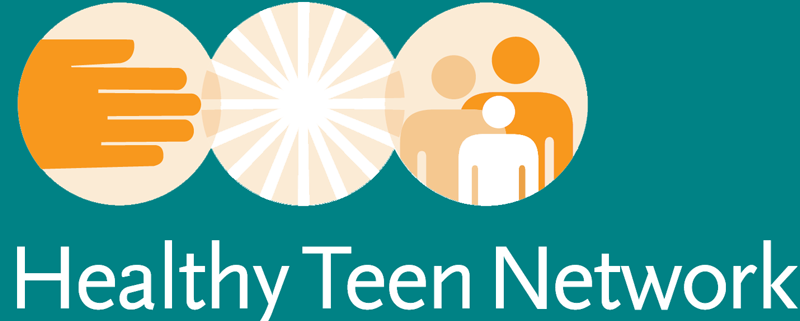Capacities
What capacities are needed to implement the program or best practices?
With your short list of possible interventions, compare what these programs require in terms of resources, staff time, funds, etc., and what you organization has to offer. Anywhere you identify gaps, decide it makes sense to build those capacities to do that intervention. With this in mind, further narrow your list of programs down to just the one(s) you plan to implement, and make note of areas your organization will need to build its capacity.
What if I’m already running a program?
If you are looking to improve or expand an existing program, this is an opportunity to measure how well your programming is running. Are there gaps in staff needs? Are there gaps in resources to implement the intervention? Are there ways your organization can strengthen how it implements this programming? Consider the following questions:
- Have you hired new staff since you started your program? Who need to be trained?
- Have your facilitators been to a refresher course or updated their skills in the last several years?
- Are additional training resources needed to make programming successful?
- Are there sufficient staff time and resources to recruit your to your programming and to keep them coming back?
(See also: Framework)
Benefits to Assessing for Organizational Capacity
The steps up to this point focused on what the youth need, where resources exist in the community, and understanding your organization’s and the community’s values. Here you take a short, narrowed down list of interventions and compare them with what your organization can feasibly do. By putting the selection process in this order you’re more likely to pick a program that that will succeed because it meets the priority population’s needs and is feasible to implement not the other way around.
Tasks to Assess for Organizational Capacity
- To get started on the right foot, review your organization’s capacity:
- Financial support, including funding and in-kind resources
- Staff capacity, including skill level and time available
- Leadership buy-in
- Evaluation support
- Partnerships in community
- Program supplies
- Make note of gaps in capacity and consider how to fill those gaps.
What’s Next?
What If I’m Not Ready for This Step?
Resources
Healthy Teen Network Resources
- Capacity-Building Assistance, Training, TA, and Other Services
- Show Me the Money
- What’s In Your Toolbox? GTO Webinar Series
Other Resources
- Advocates for Youth, National Support Center for Teen Pregnancy Prevention
- Advocates for Youth, Organizational Development
- Alliance for Nonprofit Management
- Center for Excellence in Nonprofits
- CompassPoint Nonprofit Services
- Free Management Library, Capacity Building
- Foundation Center, Capacity Building for Nonprofits: A Resource List
- Grantmakers for Effective Organizations
- Innovation Network, Capacity Building
- Little PSBA-GTO

